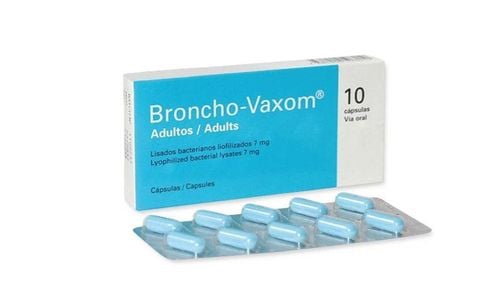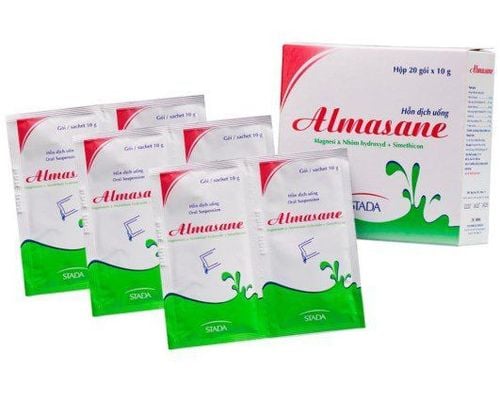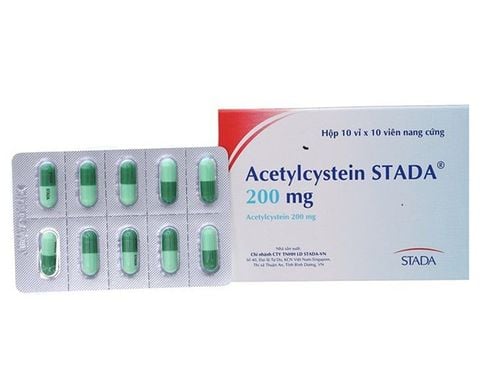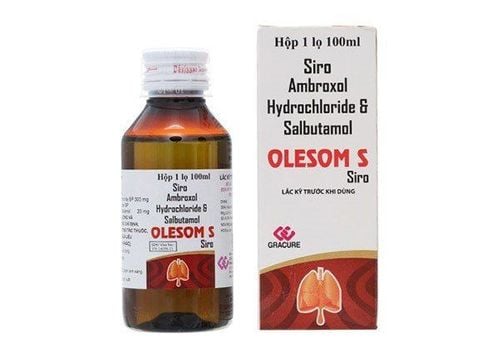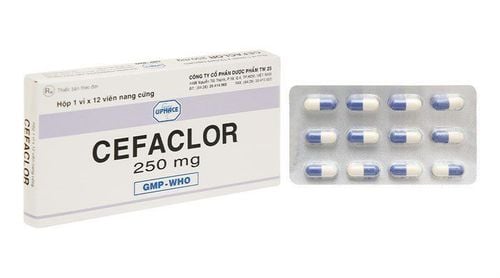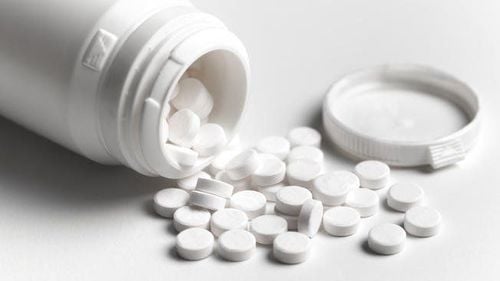This is an automatically translated article.
A-kiisin is used in many different prescriptions. So what is A-kiisin, what does it do and how is it used?
1. What is A-kiisin?
A-kiisin is made in tablet form, the main ingredient in each tablet is α-Chymotrypsin 21 microkatals equivalent to 4200 USP units.
A-kiisin is an anti-inflammatory drug, used in the treatment of edema after trauma or surgery such as:
Soft tissue injury Acute injury Sprain Tissue bruising, hematoma, hemolysis . Infection Eyelid edema Muscle cramps and sports injuries. A-kiisin is also effective in loosening upper respiratory tract secretions in patients with asthma, bronchitis, lung diseases and sinusitis.
A-kiisin is contraindicated in the following cases:
People who are allergic to any ingredient of the drug. The patient has decreased alpha-1 antitrypsin. In general, patients with chronic obstructive pulmonary disease (COPD), especially emphysema, and patients with nephrotic syndrome are at increased risk of alpha-1 antitrypsin reduction. A-kiisin is generally well tolerated and does not cause significant side effects. Patients who should not be treated with A-kiisin include:
People with an inherited blood clotting disorder called hemophilia. People with clotting disorders have no genetic predisposition. People who have just had or are about to have surgery People taking anticoagulant therapy. People who are allergic to proteins Pregnant or breastfeeding women. The patient has a stomach ulcer.
2. Dosage and how to use A-kiisin
A-kiisin is used orally, the dose of the drug should be according to the doctor's prescription. Reference dose of A-kiisin is as follows:
Use dose of 2 tablets x 3-4 times per day. Or use sublingual form with a dose of 4-6 tablets per day divided into several times a day (must let the tablets dissolve under the tongue).
3. Drug interaction A-kiisin with other drugs
A-kiisin is often used in combination with other enzyme drugs to increase the effectiveness of treatment. In addition, a balanced diet or the use of vitamins and mineral salts is recommended to enhance the effects of alphachymotrypsin. Some seeds, such as jojoba beans, wild soybeans, and tomatoes, contain proteins that inhibit alphachymotrypsin activity. However, these proteins can be inactivated by boiling. A-kiisin should not be used with acetylcysteine - a medicine used to dissolve phlegm in the lungs. A-kiisin should not be combined with anticoagulants because of their increased potency.
4. Side effects of the drug A-kiisin
Many studies have shown that at commonly used doses A-kiisin is not detected in the blood after 24 - 48 hours.
Possible temporary side effects of A-kiisin include changes in the color, consistency, and smell of stool. Some special cases may experience other side effects such as digestive disorders such as flatulence, abdominal distension, diarrhea, constipation or nausea.
In high doses, A-kiisin can cause mild allergic reactions such as redness of the skin.
Above are important information about A-kiisin drug, you need to know the information to use the drug effectively and safely during the treatment.




